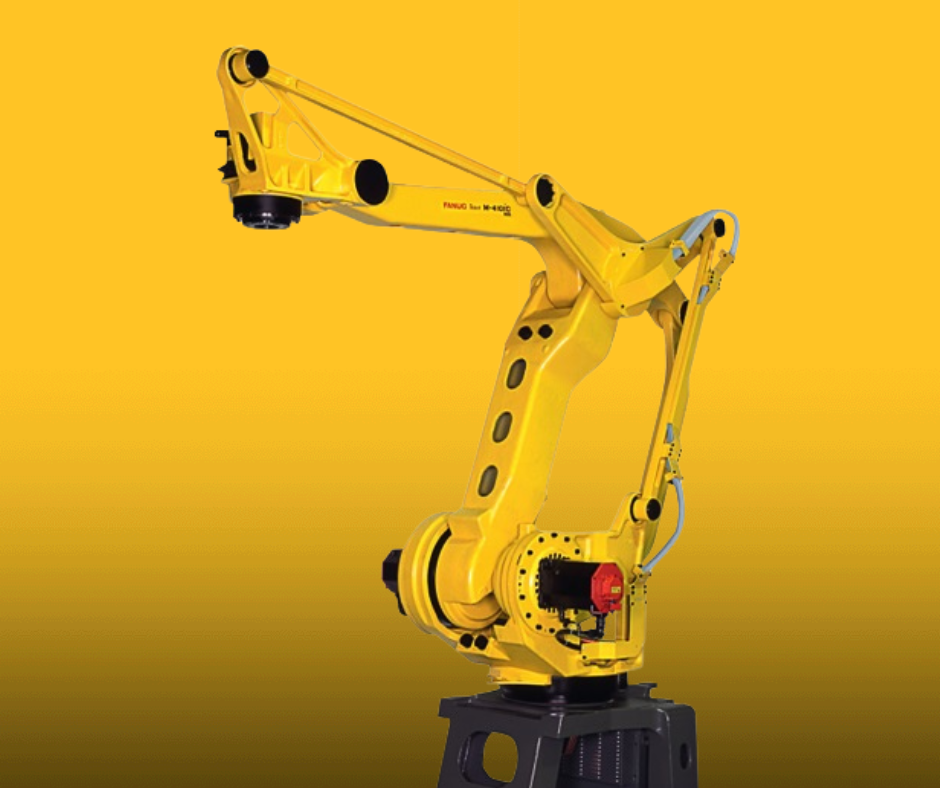The use of robotic arms into industrial automation is a significant force revolutionizing the manufacturing and production. Robotic arms, often referred to as Arm robots industrial, are becoming essential tools that offer unparalleled quality, safety, and efficiencies across all industries. This article explores the capabilities of robot arms. It also analyzes their role in the current economy and their advancement in automation for industrial use.
Robotic arms are devices that simulate the actions of human arms, but with more speed and endurance. Automated solutions are employed extensively in fields such as automotive manufacturing and electronics assembly. Pharmaceutical companies also make use of for their precision. Robotic arms can be programmed, permitting seamless integration into various production environments. They are able to provide a dynamic range and adaptability to changing operational demands.

The robotic arm a cornerstone in the modern world of automation, has a complicated system of joints which can move and execute linear displacements. This allows robotic arms to navigate complex spatial configurations and manipulate objects with meticulous attention to detail as well as ensuring the highest level of safety for human operators. As a result, robotic arms are now seen as essential by various industries. They speed up production and boost efficiency.
One of the defining features of robot arms is their use of end-effectors, which function as the functional equivalent to human hands. End effectors, which are typically tailored to specific tasks, have a major role to play in determining the nature of robotic arms’ applications. From lifting and gripping large loads, to making intricate parts, robotic hands that are equipped with specific end effectors can allow robotic arms to accomplish many different tasks with a high degree of precision and reliability.
In the field of industrial automation, the integration of robotic arms has ushered in a new era of efficiency and creativity. Companies can improve their processes for manufacturing by taking advantage of the capabilities of robot arms. They can also cut down on human error and increase the quality of the product. The seamless integration between robot arms and automated systems have produced significant improvements in efficiency. Click here Robotic Arm Companies
Robotic arms can have a transformative effect that goes beyond automation. They fundamentally change the way that industrial processes are conducted. The integration of industrial robotic arms has not only enhanced existing manufacturing workflows but also opened the way for the development of completely new production techniques. Robotic arms can operate in challenging and hazardous conditions. This has increased the safety of workers while opening up new possibilities for manufacturing processes that are complex.
The evolution of technology for robotic arms has also resulted in the creation of end effectors that are tailored to specific industry requirements. These sophisticated end effectors, equipped with cutting-edge sensory and gripping capabilities, have broadened the scope of applications for robotic arms and have enabled businesses to face a myriad of manufacturing issues with a remarkable degree of flexibility and precision.
Businesses in Australia have the unique opportunity to boost their competitiveness as well as operational capabilities when they take on the potential of automation using robotic arms. Integrating robotic arms into industrial workflows can drive sustainable growth, improve overall productivity and revolutionize manufacturing. Robotic arms that are made with precision and efficiency in mind, will unlock new possibilities for industrial automation. Businesses can achieve unprecedented levels of operational excellence.
In the end, the integration of robotic arms, also known as industrial robotic arms, is an important advancement in the development of industrial automation. Robotic arms’ unmatched precision, adaptability and safety features have revolutionized modern manufacturing. They give businesses a competitive advantage in a marketplace which is growing more competitive. Companies will benefit as Australia takes on robotics technology. This can lead to improved productivity, efficiency in operations and the ability to innovate.